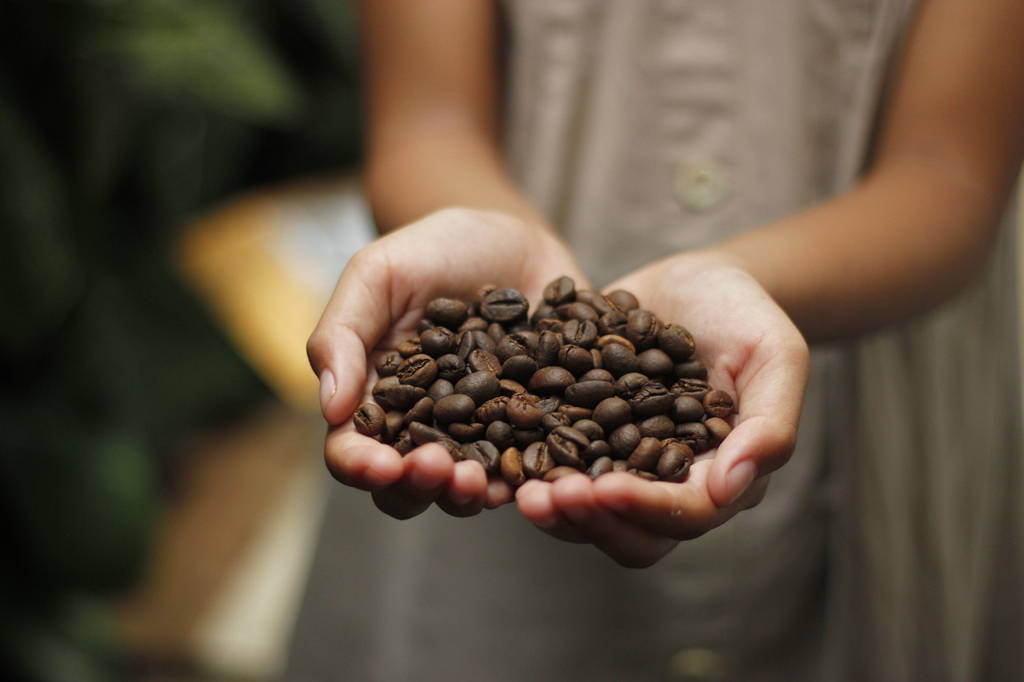Cart
Your cart is empty
Coffee, with its enchanting aroma and bold flavor, has become a daily ritual for many. As you savor your cup of joe, have you ever wondered how those delightful flavors are crafted? Enter the world of blending coffee beans, where the artistry of combining different varieties comes to life.
Let’s delve into the purpose of blending, its relationship with roasting, the methods employed, the guiding principles, and more.
Subscribe
To join our mailing list and never miss event update!
The Purpose of Blending: Creating a Symphony of Flavors
The Relationship between Blending and Roasting: A Dance of Temperatures

The Coffee Bean Blending Method: The Art of Composition
The Science of Blending: Understanding Flavor ChemistryYour heading text goes here

Blending Principles: Striking a Delicate Balance
Blending for Seasonality: Embracing the Flavors of the Harvest

The Role of Blending in Specialty Espresso: Crafting the Perfect Shot
The Espresso Blend: A Symphony in Every Cup
Blending coffee beans is not just about random combinations; it is a meticulous process where each element is carefully selected to complement one another. Like a conductor leading an orchestra, the blender orchestrates a beautiful harmony of aroma, acidity, body, and taste, ensuring that each note contributes to the final masterpiece.
So, the next time you savor a cup of coffee, take a moment to appreciate the craftsmanship that went into blending those beans. Behind each sip lies a symphony of flavors, carefully curated to create an unforgettable sensory experience.
Subscribe
To join our mailing list and never miss a baby update!